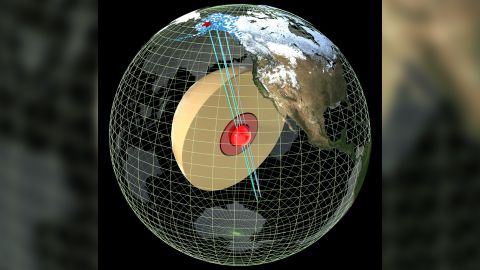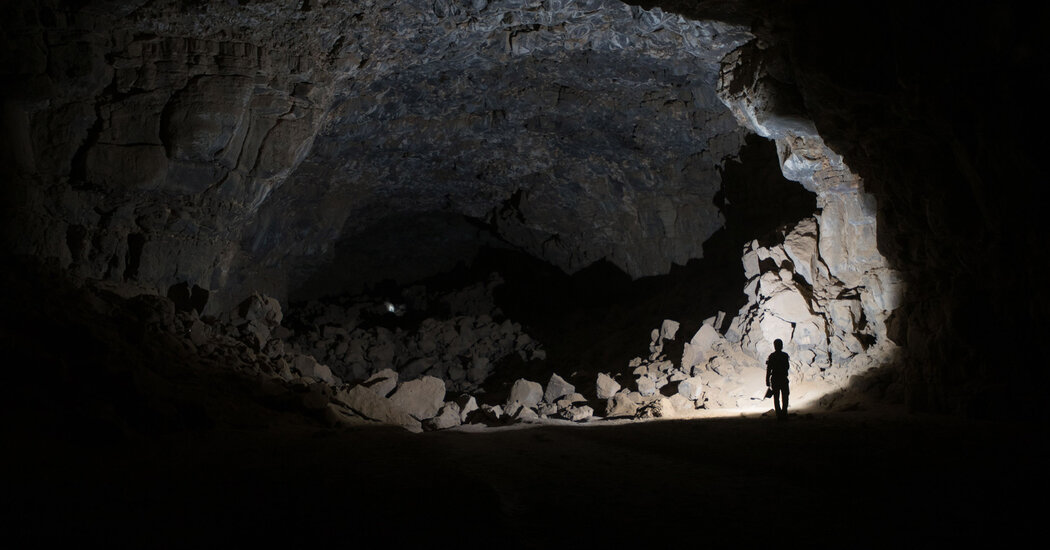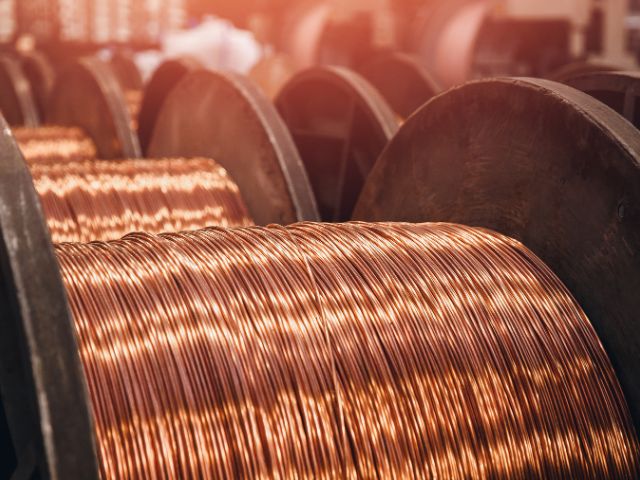Sign up for CNN’s Wonder Theory science newsletter. Explore the universe with news on fascinating discoveries, scientific advancements and more.
CNN
—
Scientists have long wondered what lies at the very center of the Earth, and the latest research is putting weight behind a theory that our planet has a distinct ball of iron within its metallic core.
Beneath the outermost crust, the mantle and the molten-liquid outer core lies the Earth’s solid metal center — which actually has a hidden layer, or an “innermost inner core” within, according to a new study published Tuesday in the journal Nature Communications.
The monumental finding suggests the Earth has five major layers instead of four, and offered new details scientists could use to help unlock some of the oldest mysteries about our planet and how it was formed.
Geoscientists first suggested that the Earth’s core might have an additional, imperceptible layer about 20 years ago, according to a news release. Now, using new data sets collected by measuring the seismic waves of earthquakes as they passed through the Earth’s center, researchers have finally detected that innermost core, the new study said.
Seismic waves are vibrations that run within or along the surface of the Earth and through its inner layers as a result of earthquakes, volcanoes or other means.
“In this study, for the first time, we report observations of seismic waves originating from powerful earthquakes traveling back and forth from one side of the globe to the other up to five times like a ricochet,” study coauthor Dr. Thanh-Son Phạm, a seismologist and postdoctoral fellow at the Research School of Earth Sciences at the Australian National University in Canberra, in an email.
The reason this layer had not been previously observed in more detail is because its composition is so similar to what lies above it, Pham said. Both this newly detected center — which the study reports is likely a 400-mile-wide (644-kilometer-wide) ball of metal — and its outer shell are made of iron-nickel alloy, with trace amounts of other elements.
“Additionally, the transition from the innermost (solid) ball to the outer shell of the inner core (also solid shell) seems rather gradational than sharp,” Pham said. “That is why we cannot observe it via direct reflections of seismic waves from it.”
Using instruments that detect the vibrational waves, researchers found the innermost inner core has a distinct anisotropy, which is a property of a substance that allows it to take on different characteristics depending on the angle from which it’s approached. An example of an object that’s anisotropic is a piece of wood: It’s much easier to hack a piece of firewood apart by hitting it along the direction of its grain than against it.
It is that feature that distinguishes the innermost core.
When it came to assessing the Earth’s core, researchers looked at how fast seismic waves traveled through it in different directions, and they found the innermost inner core changed the speed of those waves in a different way than the layer above it, the center core’s outer shell.

Detecting the new layer more than 1,000 miles (1,600 kilometers) beneath our feet is significant. The presence of a distinct innermost core could give scientists a better understanding of Earth’s magnetic field and how it has evolved and will continue to do so.
The new finding also “gives us a glimpse of what might have happened with other planets,” Pham said. “Take Mars as an example. We don’t understand yet why (Mars’ magnetic field) ceased to exist in the past.”




















